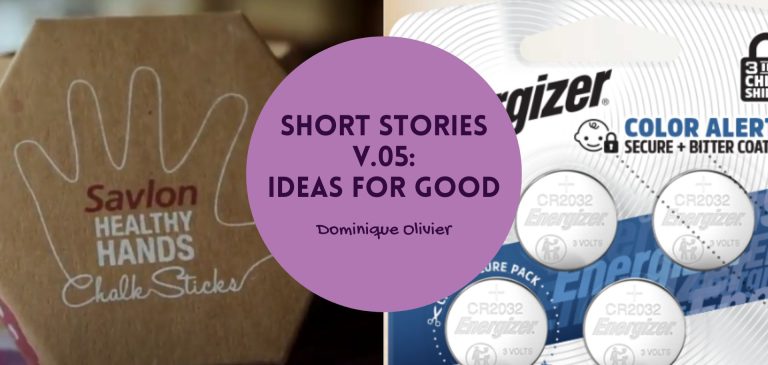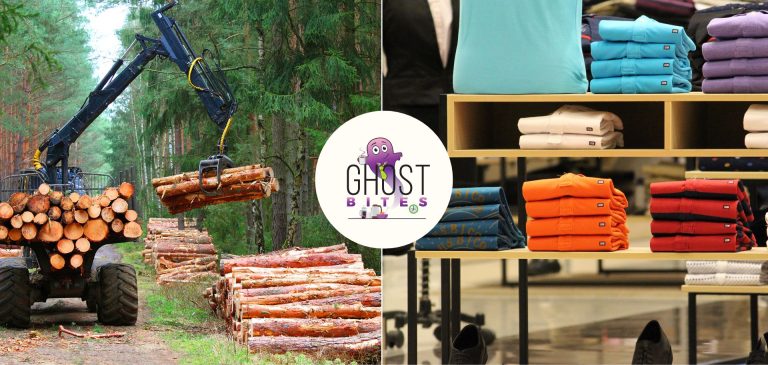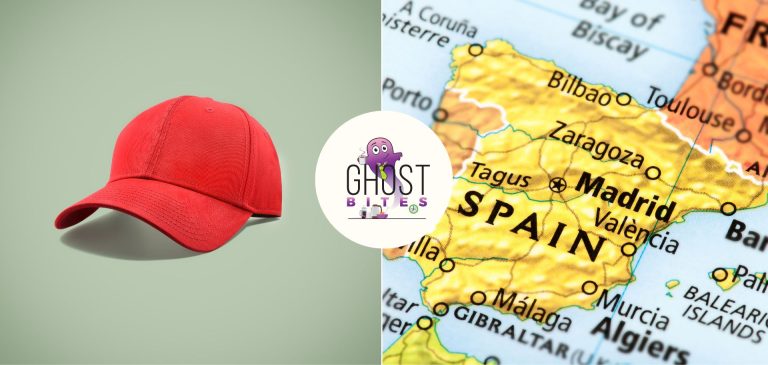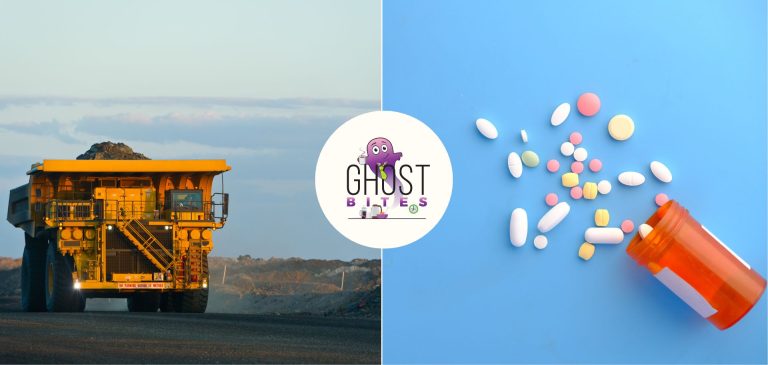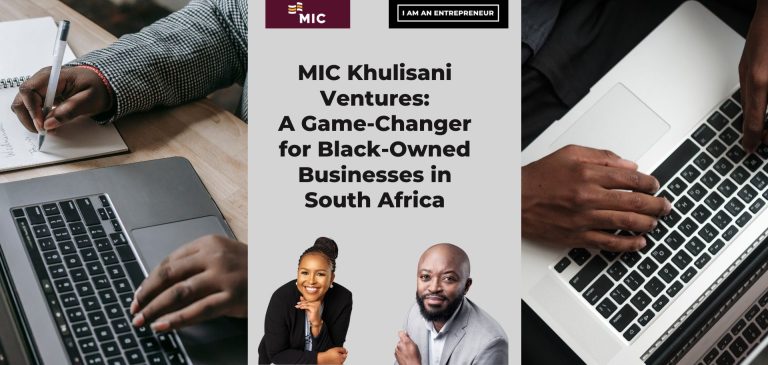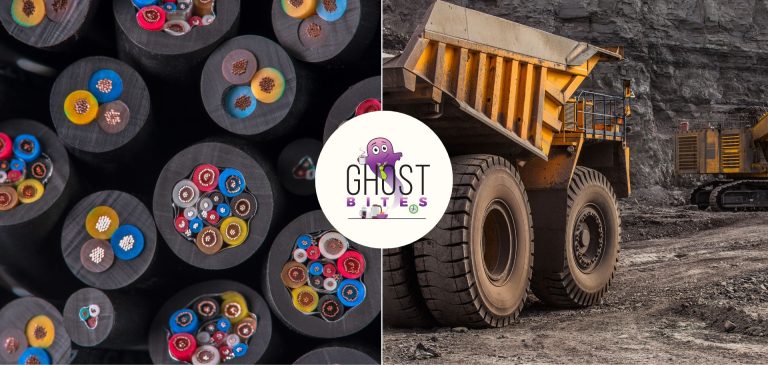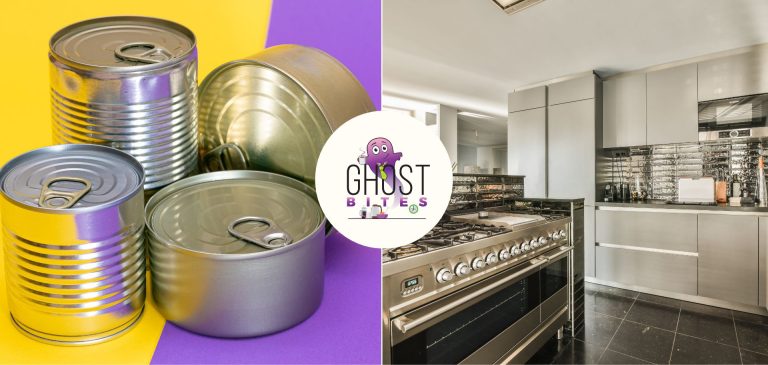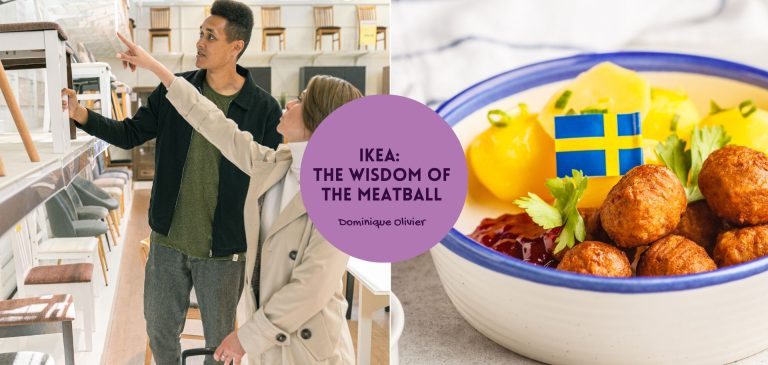Astoria announces the sale of ISA Carstens (JSE: ARA)
The selling price is slightly below the carrying value in the accounts
Astoria, like basically every other investment holding company on the JSE, is struggling with a share price that trades at a heavy discount to the disclosed underlying value of the portfolio. We’ve also seen this issue at certain times in the cycle in the REIT sector as well. The cure is the same in both cases: recycling capital at or close to book value, demonstrating the credibility of the value to the market and suggesting that perhaps the discount isn’t warranted.
Of course, the best cure is to then use the proceeds for share buybacks at the deeply discounted value. All eyes in the market are on Reinet and whether we will see this in the aftermath of the British American Tobacco disposal. The same principle applies at the Astoria now that the disposal of ISA Carstens has been announced, albeit at much smaller scale!
ISA Carstens is the tertiary education business that focuses on the health and skincare industry through campuses in Stellenbosch and Pretoria. They are the leader in this space, with a track record of 45 years. Given the popularity of private tertiary education at the moment, the business seems to be well placed.
Speaking of private education, the buyer is NetEd, an investor in various education groups with EXEO Capital as its shareholder of reference. This is therefore not a related party deal.
Astoria paid R28.7 million for the 49% equity stake back in December 2020 and R14.9 million for a shareholder loan. Having received most of the loan back in repayments, the selling price is R4.2 million for the loan and R66.8 million for the equity. Calculating the internal rate of return (IRR) is made complicated by the timing of loan repayments etc. but it’s still a tidy return. The fact that capital was tied up in the loan just means that you can’t look at purely the equity purchase price and subsequent disposal price to work out the return. In reality, it looks like an IRR in the teens was likely achieved.
The carrying value of the investment as at 30 September 2024 was R69.3 million for the equity and R4.2 million as the remaining balance on the loan. The price is therefore below the carrying value, but not by much.
There are still important conditions precedent here, not least of all the conclusion of a share purchase agreement between NetEd and the 51% holder of ISA. Getting the founding family across the line is core to the deal. There is also a due diligence coming, so that also leaves some uncertainty on the table.
Astoria’s market cap is R528 million, so this is an important deal as a percentage of the NAV. If it closes, shareholders will focus on what the cash will be used for: buybacks, a special dividend or more transactions.
Plenty of momentum for Lewis – and not just at Ferrari (JSE: LEW)
The non-Hamilton variety is also getting more and more attention
Revenue growth of 13.6% for the nine months to December – not bad for a “boring” furniture shop that has relied on excellent use of share buybacks to help drive HEPS in recent years!
Lewis is taking full advantage of improved conditions in South Africa and the share price reflects this. After closing 3.5% higher yesterday, the 12-month return is a massive 87%.
Sustaining a rally like that requires strong numbers. Thankfully, Lewis is achieving this. Merchandise sales are the core of the business and they grew 9.9% in the third quarter, representing an acceleration from 7.7% in Q1 and 9.3% in Q2. Interest income and ancillary services income did the rest of the hard work, up 19.6% in Q3. Admittedly, that’s actually lower than the 20.1% growth for the nine months!
One of the big surprises was the trend in cash sales in the quarter to December 2024. We saw powerful numbers at Mr Price in that metric and we’ve now seen it at Lewis as well, with cash sales up a huge 14.4% for the quarter. For context to how big that shift is, the nine-month number is only 1.5%!
Collection rates on the book are down slightly, but not to a level that would cause concern. Overall, this is a really strong result and it looks increasingly as though the proceeds of the two-pot withdrawals landed in household goods and perhaps clothing. See Vukile below for more on that.
Vukile’s township centres had a strong festive season (JSE: VKE)
The two-pot money seems to have flowed into cash purchases at retailers
Here’s another data point that will help you figure out where the two-pot money went: festive sales data at Vukile. The South African portfolio managed 6.1% growth in trading density (sales per square metre) across November and December. Within that performance, we find township centres as the best performing segment with growth of 9.6%. Now compare this to the update from Lewis above and Mr Price a few days ago, both of which reported strong cash sales. The conclusion we can safely reach is that cash-strapped South Africans got their two-pot payouts and spent them on clothes, furniture and other basic household needs.
Need more proof? Within the retail categories, unisex wear was up 7.7%, ahead of groceries at 7.2%. Even home furnishing managed growth of 6.0%! This performance wasn’t just a food story, that’s for sure.
It’s less depressing if we don’t talk about what that means for retirement one day for the average South African. Let’s rather hope that ongoing economic improvement will improve those prospects and give people a better chance of saving each month. People are doing what they can, when they can.
It’s also interesting to note that footfall at Vukile’s South African malls was consistent year-on-year. The lower-income areas are better places for malls these days in my view, as they are far less vulnerable to disruption from online shopping.
Looking abroad to the Castellana portfolio, turnover in Spain was up 4.9% in November and 4.8% in December. Discretionary categories seemed to do particularly well, so that bodes well for underlying retailer margins and hence their ability to pay the rent. Fascinatingly, despite Spain being a developed market, footfall increased markedly for Black November and the period as a whole.
Portugal echoed this trend, with footfall higher and discretionary categories leading the way. November sales increased 8.5% and December was softer, up 2.8%.
In terms of corporate activity, Vukile recently announced that the acquisition of Bonaire Shopping Centre may still happen after the flood damage, provided that the centre is reinstated. A deal that has now closed is the acquisition of 50% of Alegro Sintra in Lisbon on a first year net initial yield of 8%. The supermarket in the centre was excluded from the transaction as that GLA is actually owned by the supermarket that occupies it. Vukile hopes that the relationship with the new partners in that centre could open up other opportunities in the region.
On the disposal front, December saw Castellana close the sale of 28.8% in Lar Espana for EUR 200 million in proceeds. This gives them a strong balance sheet to deploy into other opportunities.
Vukile’s share price is up 14% in the past year and has dipped 5.8% in January. It trades on a trailing dividend yield of 7.5% at the moment, so the high quality nature of this asset isn’t a secret to the market.
Nibbles:
- Director dealings:
- The wife of the CEO of Purple Group (JSE: PPE) bought shares worth around R150k.
- Grindrod (JSE: GND) has announced an update to the conditions precedent for the acquisition of the remaining 35% in Terminal De Carvao Da Matola Limitada. There are still some important outstanding regulatory approvals in Mozambique, so the long-stop date for the deal has been extended to 17 March 2025. Extensions are pretty common in deals like these, although it’s important that they don’t get out of hand.
- There’s never a dull moment at Sibanye-Stillwater (JSE: SSW). With the resignation of the Chief Commercial and Development Officer, the headlines were full of views around how this signals a need for optimisation at Sibanye rather than acquisitions. Given the state of play in PGMs, that’s probably accurate, but the signals will get confusing if someone is appointed as a replacement. In the meantime, the CFO is acting in that position on an interim basis.
- Labat Africa (JSE: LAB) has released a cautionary announcement around discussions that could have a material effect on the share price. There are huge changes to the business model there, so they must be busy with trying to piece together the next chapter of this company’s life.
- With Trencor (JSE: TRE), moving ever closer to being unwound, the recent substantial changes to the share register have continued. We now know that M&G Investment Managers has reduced its stake from 8.54% to 3.57%.


